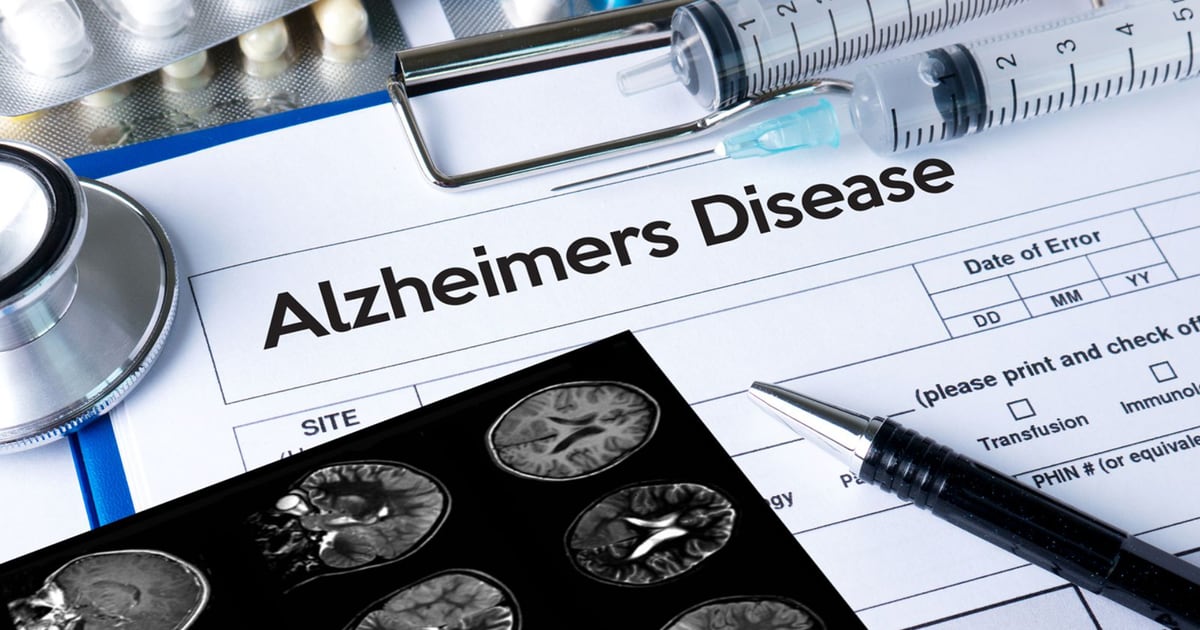More than 6.7 million U.S. residents age 65 and older were living with Alzheimer’s in 2023, including at least 150,000 Georgians, according to the Georgia Alzheimer’s Association.
Georgia has some of the highest rates of stroke in the U.S. Given the connection between dementia and stroke, which can be caused by high blood pressure and poor diet, dementia researchers say a better diet and getting more exercise might be as critical as new treatments in bringing down cases of dementia and possibly even Alzheimer’s.
There is no single test that can determine if a person is living with Alzheimer’s disease or another form of dementia. Doctors use a battery of diagnostic tools combined with medical history to make an accurate diagnosis. Those tests include a physical exam, testing of biomarkers (via imaging and spinal analysis), a neurological exam, and cognitive testing.
The Alzheimer’s Association said early and accurate diagnosis can lead to better treatment, more time to plan for changing family dynamics, and ultimately cost savings for families and taxpayers.
Researchers in the field are optimistic that breakthroughs in early detection will give individuals more time to plan for the future.
Holland noted: “It used to be that you could only diagnose Alzheimer’s via autopsy after death. In the next three years, we are going to see a blood test. That, combined with MRIs and PET scans, would lead to earlier diagnoses. And that means people will have an earlier shot at treatment.”
Future tests might even be able to pick up Alzheimer’s via saliva, skin, and retinal scans, Holland said.
Biological changes occur in the brain up to 20 years before symptoms start to appear. But several emerging blood tests that can indicate presence of Alzheimer’s markers years before symptoms emerge could make earlier diagnoses commonplace, Holland said.
Dementia and Alzheimer’s disease are terms that are often used interchangeably, but dementia refers to any condition that causes a deterioration in a person’s thinking abilities. This includes Alzheimer’s disease, which is the most common form of dementia, as well as vascular dementia and strokes, among other health issues.
Currently, when doctors seek to determine if a patient has Alzheimer’s, they use Magnetic Resonance Imaging (MRI) to rule out other symptoms that may be causing dementia. Then they order Positron Emission Tomography (PET) scans of biomarkers that can indicate Alzheimer’s. FDA approved PET brain scans can measure amyloid (which look like plaque) and tau (which resemble tangles).
Amyloid and tau are sometimes called “the trigger and bullet in Alzheimer’s disease pathogenesis.” The behavioral symptoms of Alzheimer’s disease correlate with the accumulation of plaques and tangles. They are a direct consequence of the damage and destruction of brain synapses that mediate memory and cognition, according to the University of Virginia.
Alzheimer’s is the most common cause of dementia. Not everyone with cognitive decline has dementia, however, and some causes of cognitive decline are actually reversible. Dementia is a collection of symptoms related to cognitive decline: cognitive symptoms, behavioral symptoms, and psychological symptoms. Alzheimer’s disease is a specific type of dementia characterized by progressive memory loss and cognitive decline.
Up to 40% of dementia cases could be prevented or delayed by targeting modifiable risk factors, Holland said. The CDC has outlined eight risk factors for Alzheimer’s disease that, in most cases, people can counter through diet and lifestyle changes: by reducing or treating high blood pressure, obesity, diabetes, smoking, and binge drinking; by addressing hearing loss and depression; and by increasing physical activity.
Among the millions of Americans living with Alzheimer’s, the burden falls disproportionately on Black Americans, who are twice as likely as white Americans to have dementia or Alzheimer’s, the organization said.
Alzheimer’s facts
What’s my risk for Alzheimer’s?
The lifetime risk for Alzheimer’s at age 45 is 1 in 5 for women and 1 in 10 for men. Older Black Americans are two times as likely to have Alzheimer’s or another dementia as white people. Older Hispanic Americans are 1.5 times as likely to have it as white people.
Do I have Alzheimer’s?
You can’t really detect Alzheimer’s yourself because a lot of conditions have memory loss as a component, but people can ask their doctors for a three-part battery of tests to help make a diagnosis: Cognitive tests along with MRI (magnetic resonance imaging) and PET (positron emission tomography) scans are most often used.
Other emerging biomarkers that doctors may use include blood tests, examining skin and saliva for changes, and retinal imaging of the eye.
Where to get help:
The Alzheimer’s Association has a free helpline that is available 24 hours a day, seven days a week. Specialists and master’s-level clinicians can offer confidential support and information to people living with dementia, caregivers, and their loved ones. The phone number is (800) 272-3900.
How to reduce your risk:
Everyday actions can make a difference in brain health, according to the Alzheimer’s Association. To lower your risk of cognitive decline and possibly Alzheimer’s and dementia: Stay in school; maintain a healthy weight; stop smoking; challenge your mind; exercise regularly; control high blood pressure and diabetes; wear a helmet when needed to avoid head injuries.
Getting You Seen Online
Thank You! Source link
